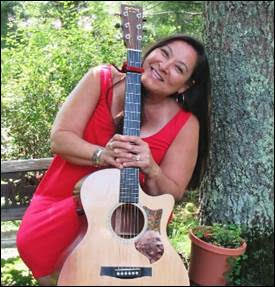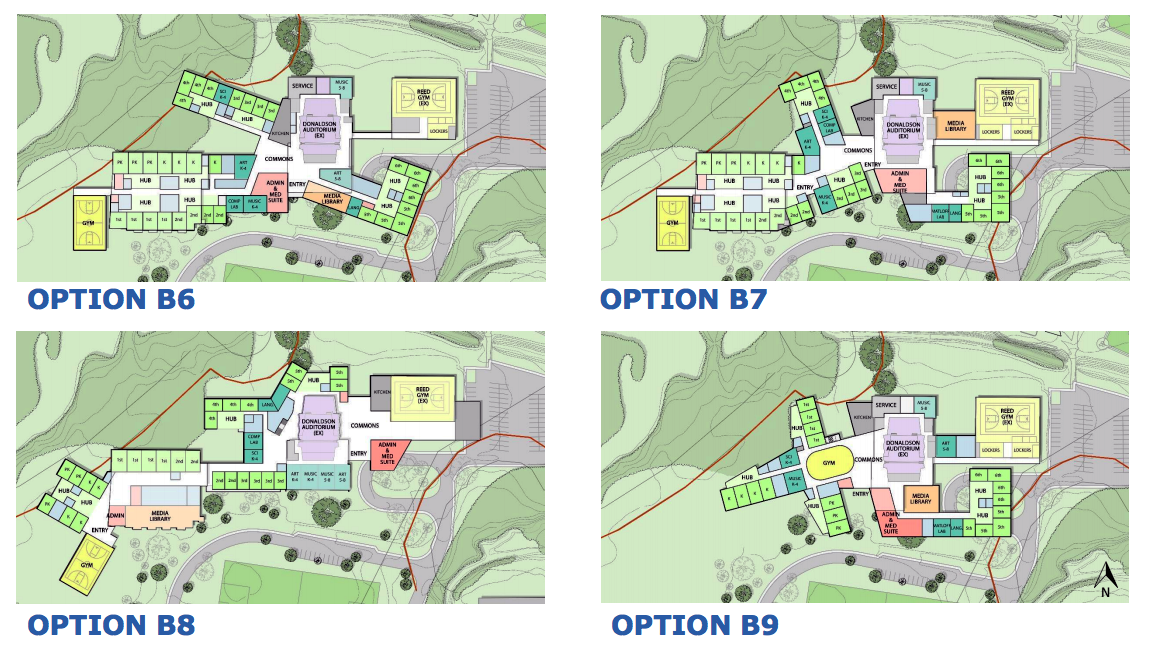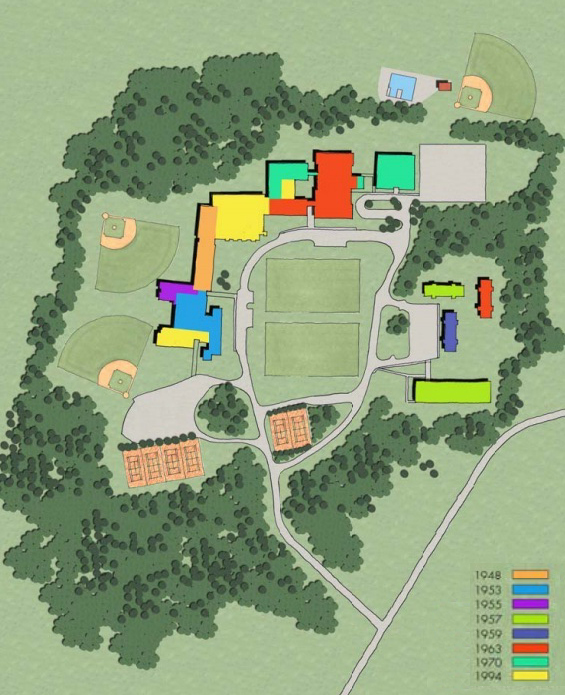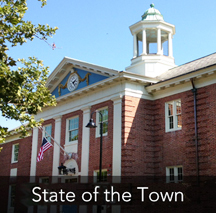 Officials shared recent town financial data and outlined questions that will have to be answered about the two proposed campus projects at a joint meeting of four boards on January 9.
Officials shared recent town financial data and outlined questions that will have to be answered about the two proposed campus projects at a joint meeting of four boards on January 9.
Some residents are feeling sticker shock after learning the projected costs for a school project, let alone a community center, but most agree that both are needed. “These projects are about key components of our community, and we need to navigate a complicated and nuanced cost-benefit analysis,” Selectman Jennifer Glass said.
There will be community forums on preliminary design options for the two projects later this month. The School Building Committee will host workshops on Tuesday, Jan. 23 from 8–10 a.m. and 7–9 p.m. in the Reed Gym, while the Community Center Planning and Preliminary Design Committee will host sessions on Tuesday, Jan. 30 from 8–10 a.m. and 7–9 p.m. in the Hartwell B pod.
The SBC learned late last year that a basic project to make repairs and bring the school building up to code would cost about $46 million, while a comprehensive project with more new construction could cost anywhere from $73 million to more than $90 million. A preliminary estimate in 2015 put the cost of a community center at about $13 million.
Selectmen this week presented a detailed list of questions and issues that officials and residents must tackle in advance of a special Town Meeting in June, when they will be asked to vote on a preferred design for the school. Among those questions:
- How can the value of different project solutions be compared?
- What are the implications of phasing the two projects vs. bonding and/or building both at the same time?
- What are the short- and long-term cost implications of making the buildings as energy-efficient and sustainable as possible?
- How well will the two project concepts “fit” the campus?
- What are the data from other towns regarding finances?
- How much can the town borrow and still keep its AAA bond rating, and what happens if it doesn’t?
Property tax impact
Finance Committee Chair Jim Hutchinson updated town property tax data and potential borrowing costs that the panel first presented last spring. A recent consultation with the town’s bond advisor revealed that the town could borrow up to $100 million without losing its AAA rating—up from an estimated $80 million last year, Hutchinson said.
The FinCom also learned that state law currently caps the town’s permissible debt at $106 million. The town currently has about $9 million in outstanding debt, leaving a $97 million new borrowing limit. However, the town can appeal for a higher amount and would probably have a strong case since the debt would fund a needed school project (as opposed to a sports stadium, for example) and MSBA funding is not in the mix.
The estimated median household tax increase—unchanged since last spring—is $275–$310 per $10 million borrowed, meaning a rise of about $3,100 if the town were to borrow $100 million and repay it over a 30-year period, Hutchinson said. The tax rate would rise from the current 13.7 mills (1 mill translates to $1 in tax for every $1,000 of a home’s assessed value) to somewhere between 16 and 17 mils—still lower than Carlisle, Sudbury and Wayland.
In fiscal 2017, the average assessed value of a single-family home in Lincoln was $1,108,423 and the average tax bill was $15,185. Depending on the amount borrowed ($60 million, $80 million or $100 million), the average tax bill would climb to roughly $17,733 to $18,900. However, the town would apply a chunk of its debt stabilization fund (currently at $4.7 million) to soften the impact of the first few years of repayment.
Right now, compared to seven surrounding towns, Lincoln has the second-highest average tax bill but the lowest debt-to-operating cost ratio, the second-lowest tax rate, and the lowest average annual growth rate in tax bills since 1999 (2.7 percent), Hutchinson said.
Borrowing costs
If the town’s bond rating were to drop from AAA to AA+ as a result of borrowing more than $100 million, future borrowing costs would rise, but “it wouldn’t make much of a dollar impact” on property tax bills, Hutchinson said. However, he added, “it takes years of hard work to raise your credit rating… it’s pretty easy to lose it and kind of hard to get it back.” Among the seven neighboring towns, all but Carlisle have a AAA rating.
The financial implications of borrowing one large sum all at once or in two segments a few years apart are fairly minor, Hutchinson said. Borrowing the whole amount at once could save about 0.15 percent in interest on the first $10–$15 million of the debt, but that affects only 10–15 percent of a $100 million bond, he noted.
When comparing construction costs to the lifetime costs of a project (including expected repairs and energy use), “I would put this in the no-brainer category,” Hutchinson said. The FinCom recommends making decisions based on the total lifetime cost of a project, meaning that (for example) it makes sense to spend more on energy-efficient features that will more than pay for themselves in future savings.
Future capital expenses
Looking ahead to future borrowing needs outside of the school and community center, the Hartwell building may need a new roof in 2020 at a cost of about $660,000, and as in past years, there will likely be multimillion-dollar land acquisitions that can’t be identified yet, said Audrey Kalmus, chair of the Capital Planning Committee.
Other possible expenses include a new roof for Lincoln-Sudbury Regional High School in about 2021 (Lincoln’s share would be about $300,000), a new fire engine in 2023 ($575,000) and renovation of the Brooks athletic field at an undetermined date ($400,000).
The most recent big-ticket items for the town were $5.8 million in 2012 for the town office building renovation and $5.5 million for a road project in 2009. The next major road project won’t be needed until about 2035, Kalmus said.










